Talking Points:
- MVAs show the average price of a currency for a specific number of periods
- As price moves so will the indicator, giving clues about the current market
- Traders can filter a trading decision based on the position of price relative to a MVA
Simple Moving Averages (MVAs) consist of some of the most versatile and widely used indicators in the market. Typically MVAs are used for filtering the trend, support and resistance levels, as well as market entries. Today we will continue our look at indicators by reviewing one of these components to get you comfortable using MVAs in your trading strategy. Let’s get started!
MVAs and the Trend
First you may be asking, “What is a moving average?” Moving averages are simple technical tools that are designed to measure the average price presented on a graph for a designated number of periods. For example the 200 period MVA is shown below. This means that the closing price has been taken for the last 200 periods, added them together then finally divided that sum out again by 200. Once this number has been established, the average is printed on the graph as a frame of reference.
Below we can see a USDCAD daily graph with price trending downward. You should notice as price trends downward, the MVA will begin moving lower as well. With price moving down faster than the 200 period MVA this is a strong signal that the market is declining.Likewise as price moves upward, the average will slowly move towards higher highs as well. Knowing this, we can now work the MVA into our trading.
Trading with a MVA Filter
Once a 200 period MVA has been added to your chart, you can easily decipher whether you should be considering a buy or sell position. The best trading environment for new buying positions would be in an uptrend as price moves towards higher highs, while the currency pair stays above the 200 MVA. The example below shows opportunities to buy the EURUSD as it rallies above the average. Since the trend is up, at no time should traders consider a sell based position!
This bias abruptly changes when prices move below the designated 200 period MVA. Since the price on this USDCAD daily chart is below the average traders should at no point consider new positions buying the pair. As price moves towards lower lows and stays below the average, only new sell positions should be considered. Now that you have filtered for the trend, you can focus your attention to timing new entries with the market!
Trading with MVAs
Filtering for the trend is just one of three key ways you can utilize the Moving Average in your trading!
---Written by Walker England, Trading Instructor
More...


 10Likes
10Likes LinkBack URL
LinkBack URL About LinkBacks
About LinkBacks


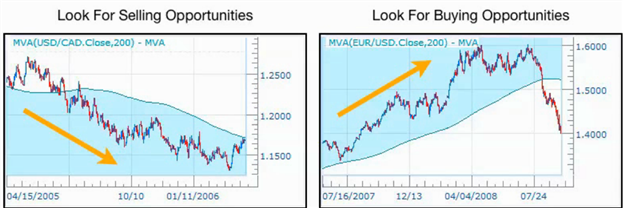





 Reply With Quote
Reply With Quote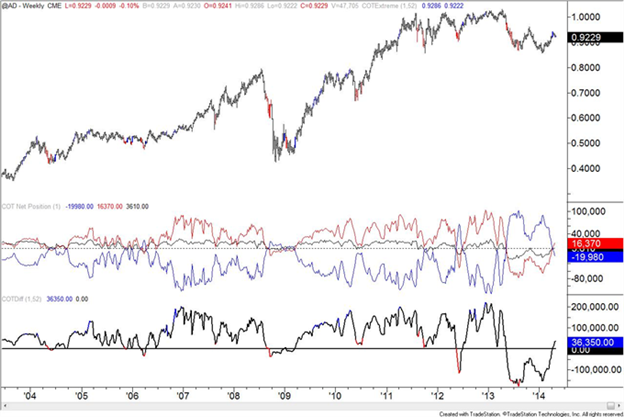


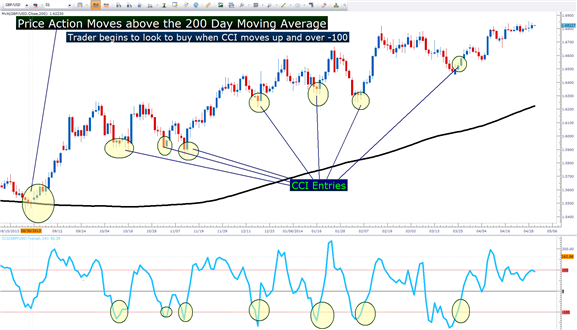

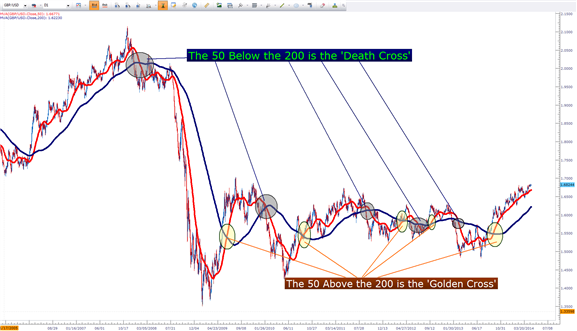
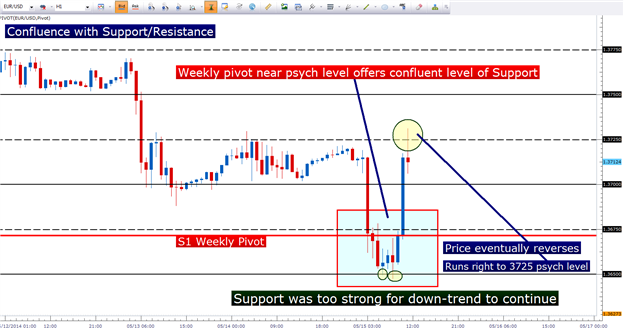
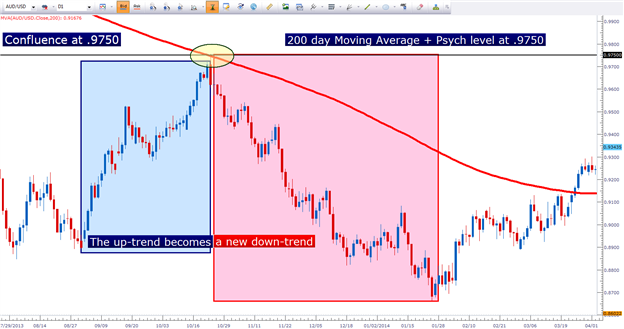
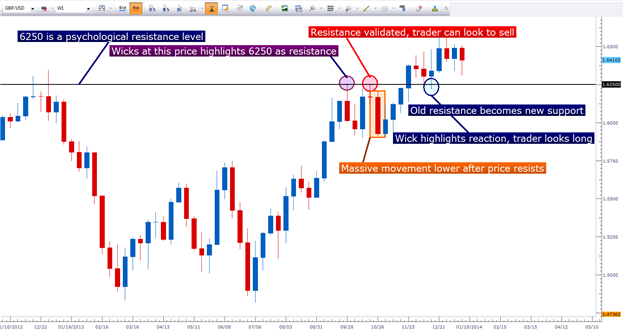
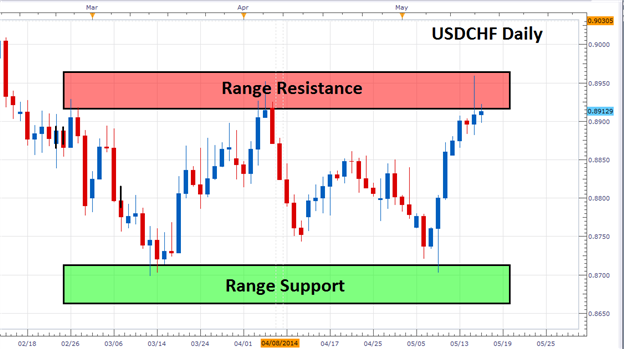


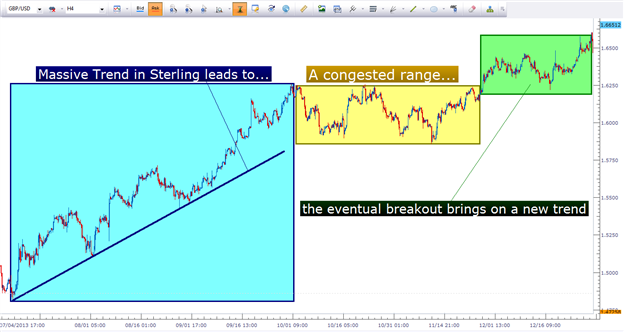
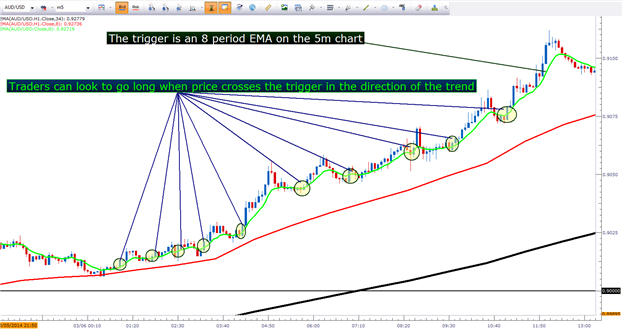
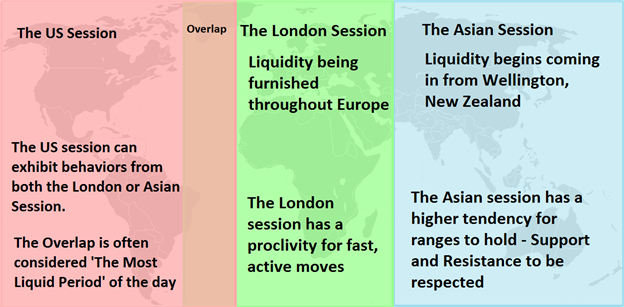
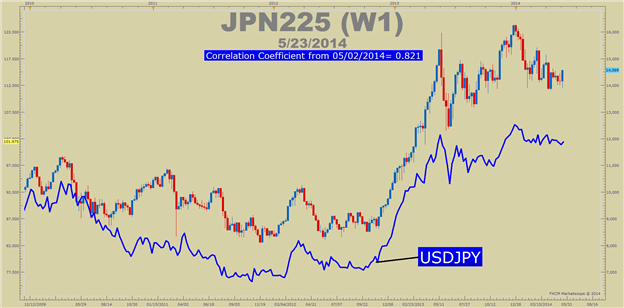
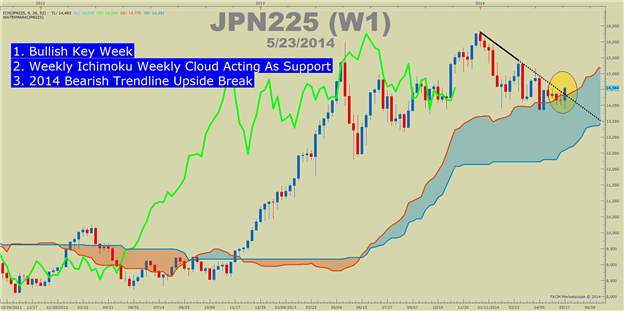
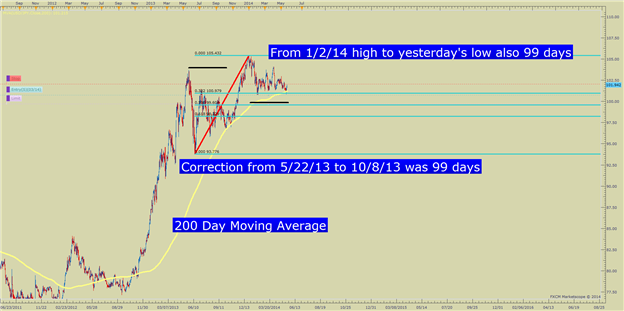

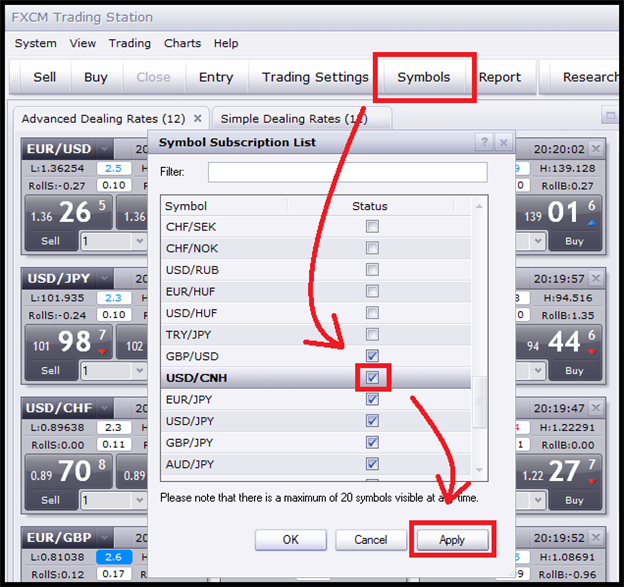




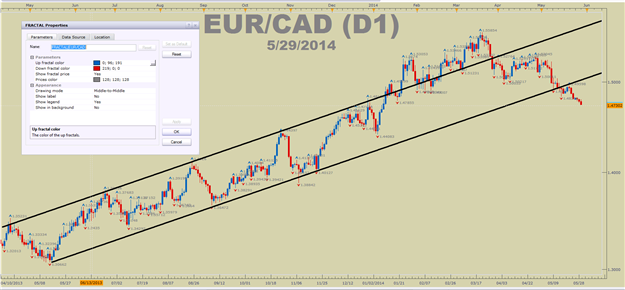
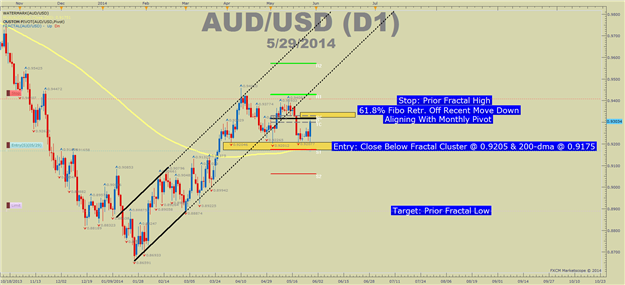
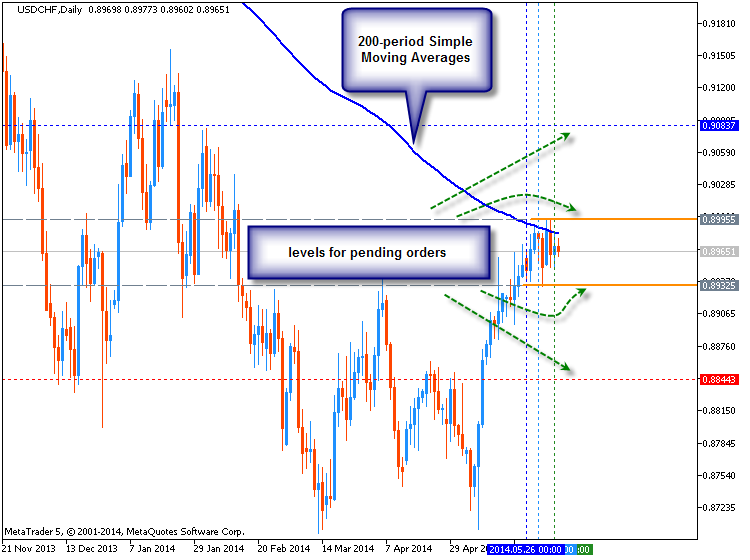
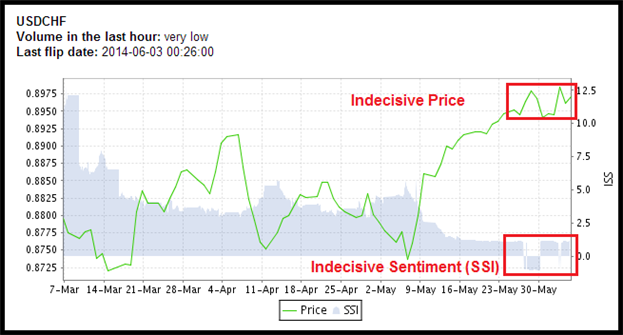


Bookmarks